I am working on a data set which is like in the attached image below.
I have imported the data set which is in CSV in Python using pandas. I am looking to separate the entire data with all columns which has values like "a;b;c","lp;kl;jj" in the column PATR ( that is, values that has data with semi colon in it) into a CSV and other values like ";" and "250" into a separate csv. I have tried splitting the values based on the semi-colon and separating it based on the length but i am not getting the exact match.
Actual data set:
Expected Output 1 (All data which has PATR column with "ANY_DATA and a semicolon")
Expected Output 2 (All data which has PATR column with "only semi colon or only data")
Thanks in advance.


